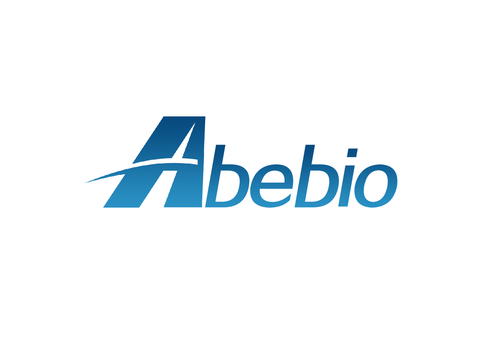Product Description
Human Excitatory amino acid transporter 5 (SLC1A7) ELISA Kit | KTE60615 | Abbkine
Application: This Human Excitatory amino acid transporter 5 (SLC1A7) ELISA Kit employs a two-site sandwich ELISA to quantitate SLC1A7 in samples. An antibody specific for SLC1A7 has been pre-coated onto a microplate. Standards and samples are pipetted into the wells and anySLC1A7 present is bound by the immobilized antibody. After removing any unbound substances, a biotin-conjugated antibody specific for SLC1A7 is added to the wells. After washing, Streptavidin conjugated Horseradish Peroxidase (HRP) is added to the wells. Following a wash to remove any unbound avidin-enzyme reagent, a substrate solution is added to the wells and color develops in proportion to the amount of SLC1A7 bound in the initial step. The color development is stopped and the intensity of the color is measured.
Detection Method: Colorimetric
Conjugate: N/A
Sample Type: Cell culture supernatants#Serum#Plasma#Other biological fluids
Assay Type: Multiple steps standard sandwich ELISA assay with a working time of 3-5 hours. It depends on the experience of the operation person.
Kit Component: • Human Excitatory amino acid transporter 5 microplate
• Human Excitatory amino acid transporter 5 standard
• Human Excitatory amino acid transporter 5 detect antibody
• Streptavidin-HRP
• Standard diluent
• Assay buffer
• HRP substrate
• Stop solution
• Wash buffer
• Plate covers
Features & Benefits: Human Excitatory amino acid transporter 5 (SLC1A7) ELISA Kit has high sensitivity and excellent specificity for detection of Human SLC1A7. No significant cross-reactivity or interference between Human SLC1A7 and analogues was observed.
Calibration Range: Please inquire
Limit Of Detection: Please inquire
Usage Note: • Do not mix components from different kit lots or use reagents beyond the kit expiration date.
• Allow all reagents to warm to room temperature for at least 30 minutes before opening.
• Pre-rinse the pipet tip with reagent, use fresh pipet tips for each sample, standard and reagent to avoid contamination.
• Unused wells must be kept desiccated at 4 °C in the sealed bag provided.
• Mix Thoroughly is very important for the result. It is recommended using low frequency oscillator or slight hand shaking every 10 minutes.
• It is recommended that all samples and standards be assayed in duplicate or triplicate.
Storage Instruction: The unopened kit should be stored at 2 - 8°C. After opening, please store refer to protocols.
Shipping: Gel pack with blue ice.
Precaution The product listed herein is for research use only and is not intended for use in human or clinical diagnosis. Suggested applications of our products are not recommendations to use our products in violation of any patent or as a license. We cannot be responsible for patent infringements or other violations that may occur with the use of this product.
Background: EAAT5-mediated L-glutamate uptake was sodium- and voltage-dependent and chloride-independent. Transporter currents elicited by glutamate were also sodium- and voltage-dependent, but ion substitution experiments suggested that this current was largely carried by chloride ions.Although EAAT5 shares the structural homologies of the EAAT family, 1 novel feature of the EAAT5 sequence is a C-terminal motif previously identified in N-methyl-D-aspartate receptors and potassium channels and shown to confer interactions with a family of synaptic proteins that promote ion channel clustering. EAAT5 has 46% amino acid sequence identity with EAAT1 (SLC1A3), 43% identity with EAAT4 (SLC1A6), 37% identity with EAAT3 (SLC1A1), and 36% identity with EAAT2 (SLC1A2) .
Alternative Names: SLC1A7; AAAT; EAAT5; FLJ36602; excitatory amino acid transporter 5 (retinal glutamate transporter)
Search name: SLC1A7; AAAT; EAAT5; FLJ36602; excitatory amino acid transporter 5 (retinal glutamate transporter)
Tag: SLC1A7
 Euro
Euro
 USD
USD
 British Pound
British Pound
 NULL
NULL








